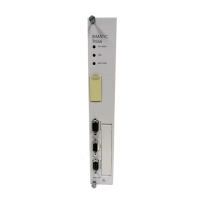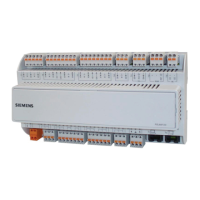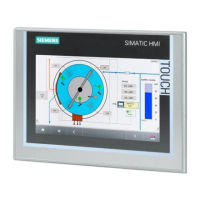Application and functions
1.2 Communications services
TIM 1531 IRC
Operating Instructions, 02/2018, C79000-G8976-C468-02
15
● Mobile wireless networks
– GSM / GPRS (2G) with MODEM MD720
– UMTS (3G) / HSPA+ with SCALANCE M router
– LTE (4G) with SCALANCE M router
● IP-based wireless networks
You will find an overview of the transmission paths and network types in the section
Overview: Connection to LAN / WAN (Page 59).
The "SINAUT ST7" protocol
For telecontrol communication via telecontrol networks the TIM uses the ST7 protocol on the
application layer (OSI layer 7).
The protocol supports the following functions and services
●
Communication with the control center
The TIM communicates via LAN or WAN with an application in the master station.
You will find the supported master station types in the section Properties of the TIM
(Page 13).
●
In dial-up networks, mobile wireless networks and Ethernet networks, there is direct
communication between the subscribers.
●
Inter-station communication
In dedicated line networks and with communication via the Internet with a mobile wireless
network (GSM/MSC), the TIM supports inter-station communication between S7 stations
via the master station.
With inter-station communication, the TIM establishes a connection to the master station.
The master station forwards the messages to the destination station.
●
When configurable events occur, the TIM can send SMS messages to mobile telephones
and e-mails to PCs with an Internet connection.
– SMS messages can be sent if the TIM is connected to a mobile wireless network via
the serial interface and a GSM or GPRS module (MODEM MD720).
– If the TIM is connected, e-mails can be sent via the Ethernet interface.
You configure the e-mail protocol to be used and the server access in STEP 7 in the
parameter group "E-mail configuration".
You configure the messages in the message editor, see section Messages (Page 127).
The use of program blocks is not necessary for this.
You will find information about addressing in ST7 and configuring in the section
Communication types (Page 56).
